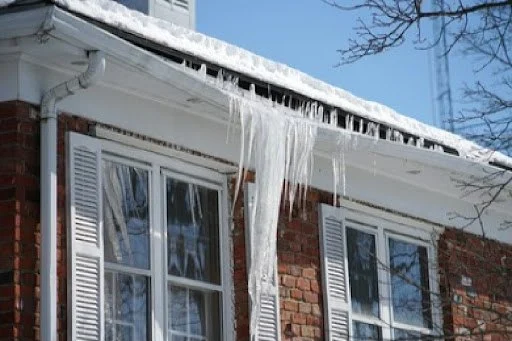
- 1. Understanding Freeze-Thaw Cycles and Their Impact on Roofs
- 2. How Freeze-Thaw Cycles Affect the Lifespan of Your Roof
- 3. Key Factors That Influence Roof Durability in Freezing Conditions
- 4. Best Roofing Materials for Areas with Freeze-Thaw Cycles
- 5. Tips for Roof Maintenance During Freeze-Thaw Cycles
- 6. Conclusion: Protecting Your Roof from Freeze-Thaw Damage
1. Understanding Freeze-Thaw Cycles and Their Impact on Roofs
Freeze-thaw cycles occur when temperatures fluctuate above and below freezing, causing water to freeze and thaw repeatedly. This process can have a significant impact on roofs, especially in regions where cold winters are common. Understanding how freeze-thaw cycles affect your roof is crucial for maintaining its longevity and preventing costly repairs.

KC Entities Roofing and Siding
MechanicvilleSaratoga CountyNew York
77 Ushers Rd, Mechanicville, NY 12118, USA
2. How Freeze-Thaw Cycles Affect the Lifespan of Your Roof
The lifespan of a roof is primarily determined by the materials used, the installation process, and the environmental conditions it faces. In areas prone to freeze-thaw cycles, the constant expansion and contraction caused by the freezing and thawing of water can accelerate wear and tear on roofing materials, reducing their overall lifespan.

SuperPro Contracting
Valley StreamNassau CountyNew York
285 N Central Ave, Valley Stream, NY 11580, USA
2.1 Increased Wear on Roofing Materials
During freeze-thaw cycles, moisture seeps into small cracks and gaps in the roofing materials. When temperatures drop, this moisture freezes and expands, widening the cracks. As the temperatures rise again, the ice thaws, causing the materials to contract. Over time, this constant expansion and contraction weaken the roofing materials, leading to premature damage.
2.2 Potential for Structural Damage
Not only do freeze-thaw cycles affect the surface of the roof, but they can also lead to structural damage. Water can infiltrate the underlying layers of the roof, causing wooden beams and supports to swell and warp. This damage can compromise the roof’s integrity, leading to leaks, sagging, or even collapse in extreme cases.
3. Key Factors That Influence Roof Durability in Freezing Conditions
Several factors contribute to how well your roof can withstand freeze-thaw cycles. These include the type of roofing material, the age of the roof, and the quality of installation. Let’s take a closer look at some of the key factors that influence roof durability in freezing conditions:
3.1 Roofing Material Choice
The type of roofing material you choose plays a crucial role in how well your roof performs in freezing conditions. Materials like asphalt shingles, clay tiles, and metal roofs have varying levels of resistance to freeze-thaw cycles. Some materials, like slate, can withstand freezing temperatures better than others, while some may crack or warp more easily under repeated freezing and thawing.
3.2 Roof Age and Condition
As a roof ages, it becomes more susceptible to damage from freeze-thaw cycles. Older roofs may have worn-out shingles, cracked seals, or compromised underlayment, making them more vulnerable to water infiltration. Regular maintenance is essential to prevent long-term damage.
3.3 Roof Installation Quality
Proper installation is critical for roof durability. If a roof is not installed correctly, it may have gaps, poorly sealed edges, or inadequate insulation, which can allow water to penetrate and freeze in the colder months. Hiring a professional roofing contractor with experience in areas prone to freeze-thaw cycles is essential to ensure your roof is properly sealed and protected.
4. Best Roofing Materials for Areas with Freeze-Thaw Cycles
Choosing the right roofing materials can significantly improve the durability of your roof in areas prone to freeze-thaw cycles. Some materials perform better than others in freezing conditions. Here are some of the best roofing materials for withstanding freeze-thaw cycles:
4.1 Metal Roofing
Metal roofs are highly durable and resistant to freeze-thaw cycles. They are non-porous, meaning they do not absorb moisture, which reduces the risk of ice expansion in cracks. Additionally, metal roofs are lightweight, reducing the strain on the roof structure during freezing conditions.
4.2 Slate and Clay Tiles
Slate and clay tiles are excellent options for areas with freezing temperatures. These materials are naturally resistant to moisture and do not expand or contract as easily as other roofing materials. While they can be more expensive, they provide long-lasting protection against freeze-thaw damage.
4.3 Asphalt Shingles
Asphalt shingles are a more affordable roofing option and are widely used in colder climates. However, they may be more susceptible to damage from freeze-thaw cycles over time. To enhance their durability, consider choosing higher-quality shingles or those with additional protective coatings.
5. Tips for Roof Maintenance During Freeze-Thaw Cycles
To protect your roof from the effects of freeze-thaw cycles, regular maintenance is essential. Here are some tips to help you maintain your roof and extend its lifespan:
5.1 Inspect Your Roof Regularly
Perform regular roof inspections, especially before and after the winter months. Look for cracked shingles, missing pieces, or signs of water damage. If you notice any issues, address them promptly to prevent further damage from freeze-thaw cycles.
5.2 Clean Gutters and Downspouts
Clogged gutters can lead to water pooling on your roof, which increases the risk of freeze-thaw damage. Make sure your gutters and downspouts are clear of debris to allow water to flow freely off the roof. This will reduce the risk of water freezing on the roof surface.
5.3 Ensure Proper Insulation and Ventilation
Good insulation and ventilation help prevent ice dams from forming on your roof. Ice dams occur when warm air from your attic melts snow, which then refreezes at the roof’s edge. Ensuring your attic is properly insulated and ventilated will help prevent this issue and protect your roof from freeze-thaw damage.
6. Conclusion: Protecting Your Roof from Freeze-Thaw Damage
Freeze-thaw cycles can significantly impact the lifespan of your roof. By understanding the effects of these cycles, choosing the right materials, and performing regular maintenance, you can protect your roof and extend its durability. If you're concerned about the impact of freeze-thaw cycles on your roof, consider contacting a professional roofing contractor for an inspection and recommendations on the best solutions for your home.
For more information and expert roofing services, visit BeachCo Roofing Hub for the most reliable products and services to keep your roof in excellent condition.

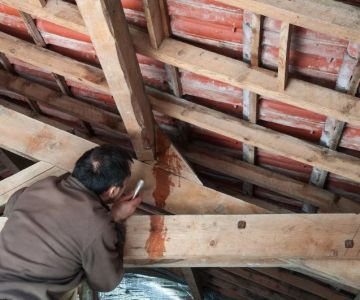
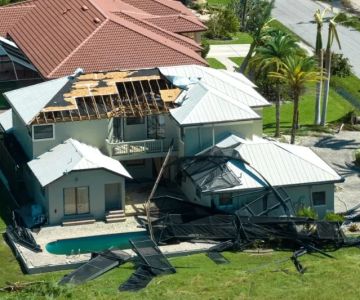
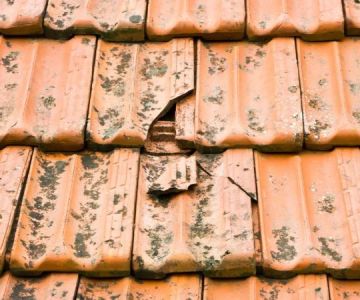
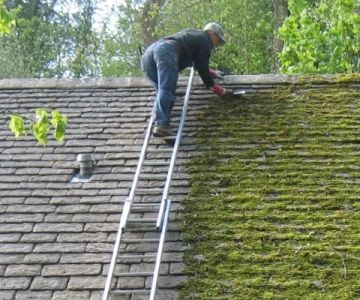
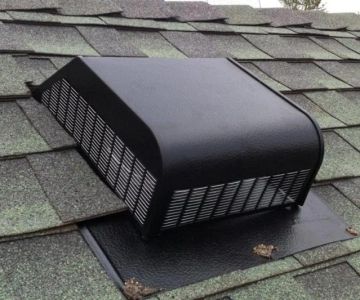
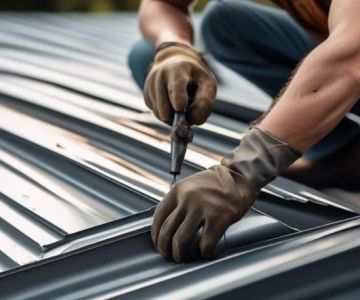
 BNF Roofing5.0 (6 reviews)
BNF Roofing5.0 (6 reviews) Leak Free Roofing5.0 (1 reviews)
Leak Free Roofing5.0 (1 reviews) Specialized Roofing Co5.0 (3 reviews)
Specialized Roofing Co5.0 (3 reviews)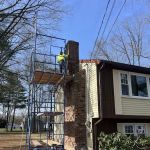 Evergold Roofing Group4.0 (79 reviews)
Evergold Roofing Group4.0 (79 reviews) Ray Macaluso Roofing & Chimney5.0 (14 reviews)
Ray Macaluso Roofing & Chimney5.0 (14 reviews) LAL Roofing Corporation5.0 (1 reviews)
LAL Roofing Corporation5.0 (1 reviews)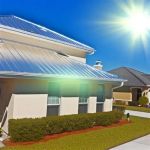 The Cost of a New Roof with an Energy Star Rated Reflective Coating
The Cost of a New Roof with an Energy Star Rated Reflective Coating How to Install a Roof Cricket Behind a Complex Wall Intersection: A Detailed Guide
How to Install a Roof Cricket Behind a Complex Wall Intersection: A Detailed Guide How to Install Roof Ice and Water Shield on a Roof with a Very Low Pitch
How to Install Roof Ice and Water Shield on a Roof with a Very Low Pitch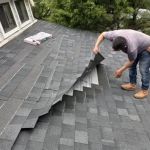 How to Repair a Roof Leak from a Rooftop Observatory or Dome
How to Repair a Roof Leak from a Rooftop Observatory or Dome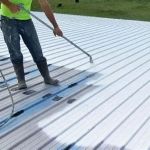 The Average Cost of a Roof Coating Application
The Average Cost of a Roof Coating Application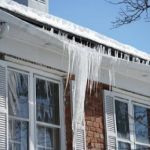 The Lifespan of a Roof Under Constant Freeze-Thaw Cycles – Key Factors to Consider
The Lifespan of a Roof Under Constant Freeze-Thaw Cycles – Key Factors to Consider